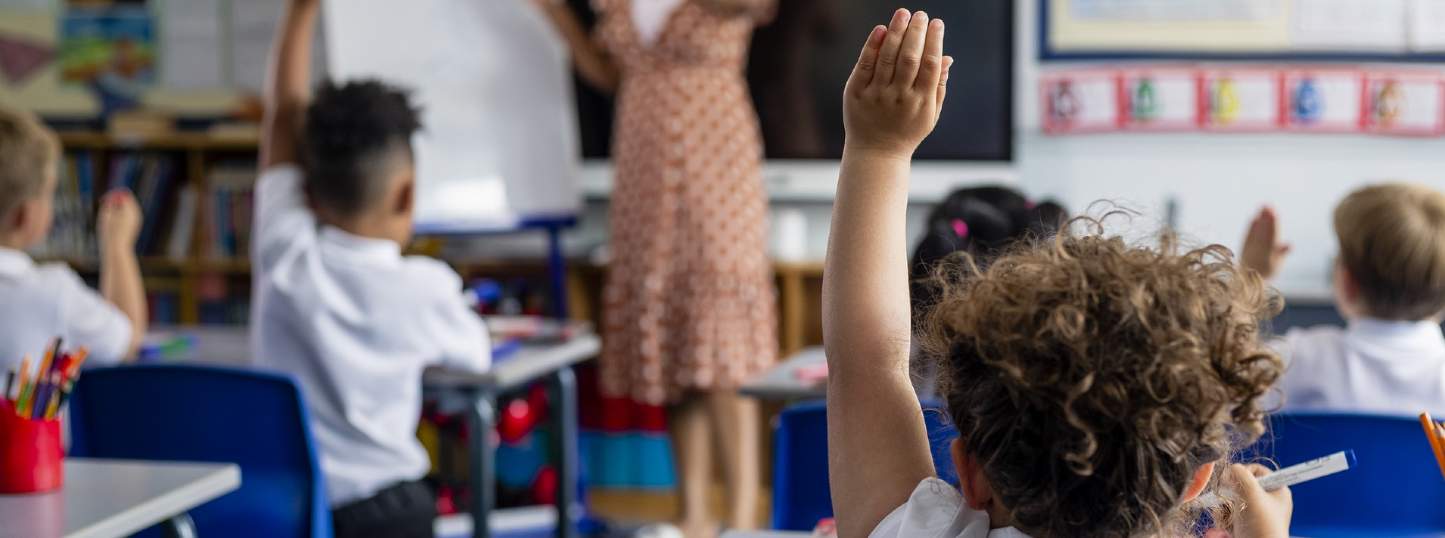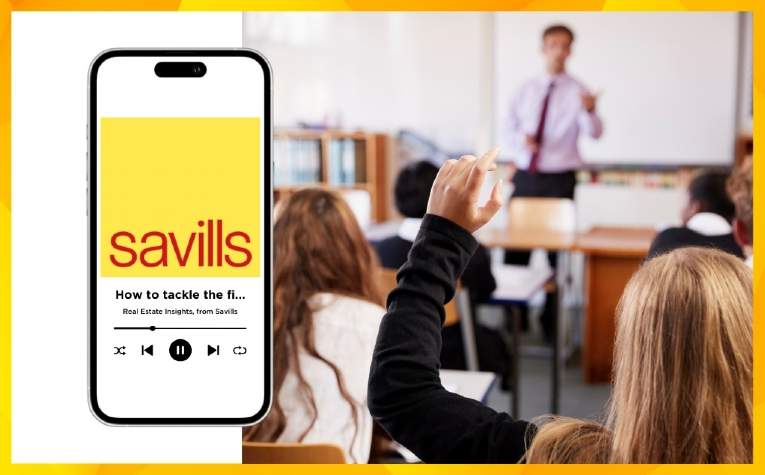This blog post delves into the potential ramifications, taking a look at the anticipated impact on the longer-term viability of independent schools, the potential effect on the need for state school places, and the approach towards securing school places within new residential development.
The existing private school population
According to the Institute of Fiscal Studies (IFS), approximately 6-7% of students in England attend private schools, equating to around 560,000-570,000 pupils. The removal of tax exemptions for VAT and business rates is expected to raise around £1.6 billion annually in tax revenue. Although schools are not required to increase fees, a poll conducted by The Telegraph of 350 independent school leaders found that 95% anticipate needing to raise prices as a result of the policy, due to the inability to absorb the additional tax burden.
Short-term and long-term impacts
The IFS predicts that the immediate impact of increased fees will be minimal, as parents are typically reluctant to transfer their children mid-way through their schooling. However, the long-term effects could be more significant. The initial point of admission may see a shift, with parents opting to enrol their children in state schools instead. The IFS estimates a 3-7% reduction in private school attendance, necessitating an additional £100-£300 million in state funding to accommodate the overflow within the state school sector.
Potential reduction in private school attendance
Although the IFS admits that current estimates are uncertain, a 7% reduction in private school attendance could result in around 40,000 children needing places in the state sector. This comes at a time when overall pupil numbers are expected to decline by about 100,000 annually until 2030, a total decrease of over 700,000. This reduction should, in theory, provide sufficient capacity to absorb the influx from private schools.
Potential for school closures
The long-term effects of removing tax breaks will become clearer over time. Some independent schools have expressed concerns that reduced pupil numbers could threaten their financial viability, particularly smaller schools. The Independent Schools Council states that most private schools are small, with fewer than 400 pupils.
Local impacts and regional variations
While it is expected that the overall need for additional school places will be managed within the existing capacity of the state sector, the impact may be felt more acutely in areas with high concentrations of private schools, especially if the changes result in school closures. London has the highest number of private schools and pupils, followed by the South Central Region and the South East. Conversely, Wales and the North East have the fewest private schools.
Local authorities in areas with a significant number of private schools will need to monitor the impacts carefully and adjust the planning of school places accordingly. This could have a knock-on effect on the approach towards securing school places within new residential schemes, with a potential rise in planning obligations and developer contributions which will need to be factored into housebuilding proposals.
Balancing benefits and challenges
While the removal of tax exemptions for private schools has the potential to generate significant revenue for the state education system, it also presents challenges and risks that must be managed carefully. The success of this initiative will depend on its implementation and the government’s ability to balance the interests of all stakeholders in the education sector. As this policy unfolds, it will be crucial to observe its impact closely and make necessary adjustments to ensure the goal of a fair and equitable education system is achieved.
Further information
Contact Kate Moodey
How will demand for state school places change if VAT on private school fees is introduced?
How can independent schools withstand today’s financial pressures?



.jpg)
.jpg)
.jpg)
.jpg)
.jpg)
.jpg)
.jpg)